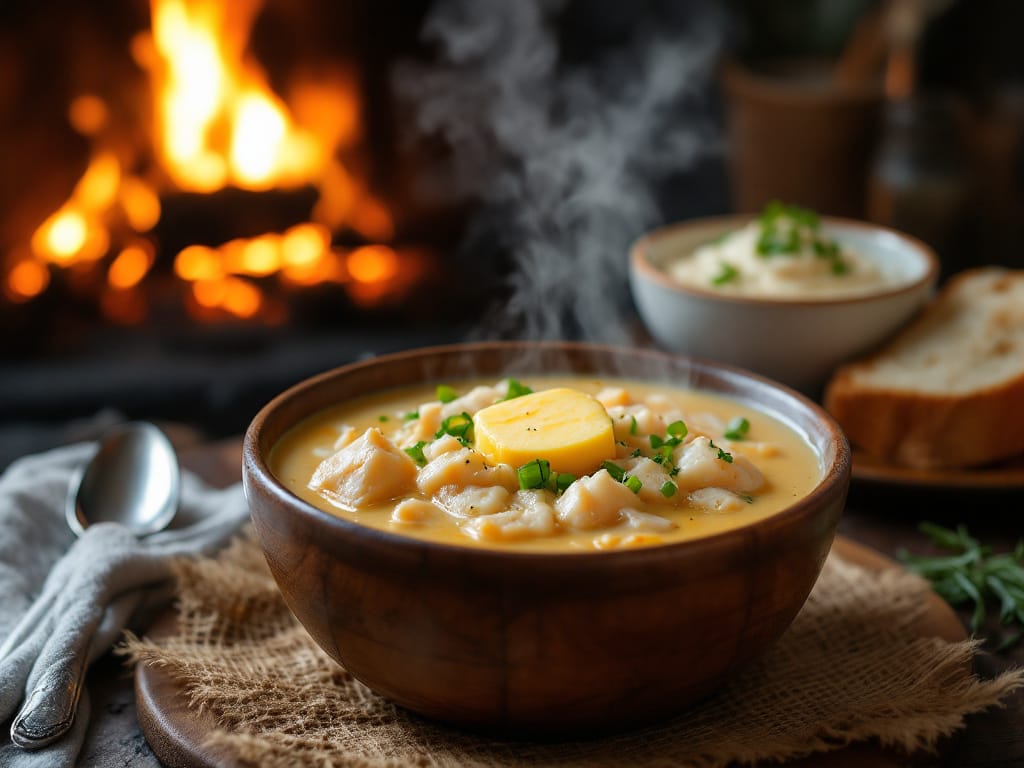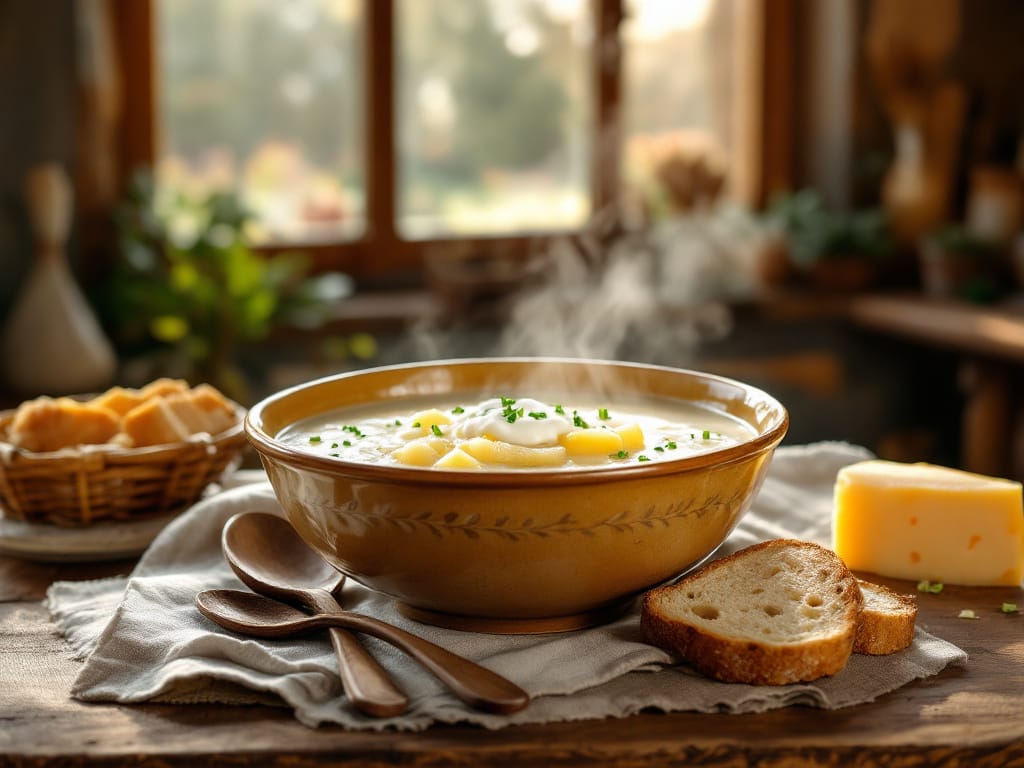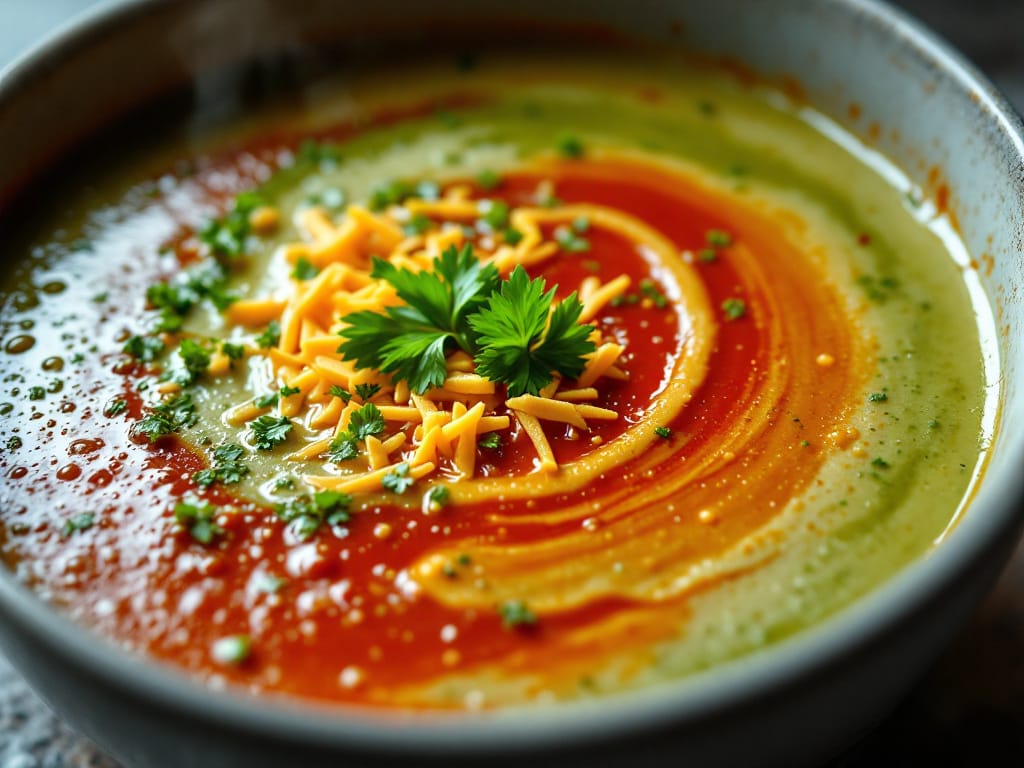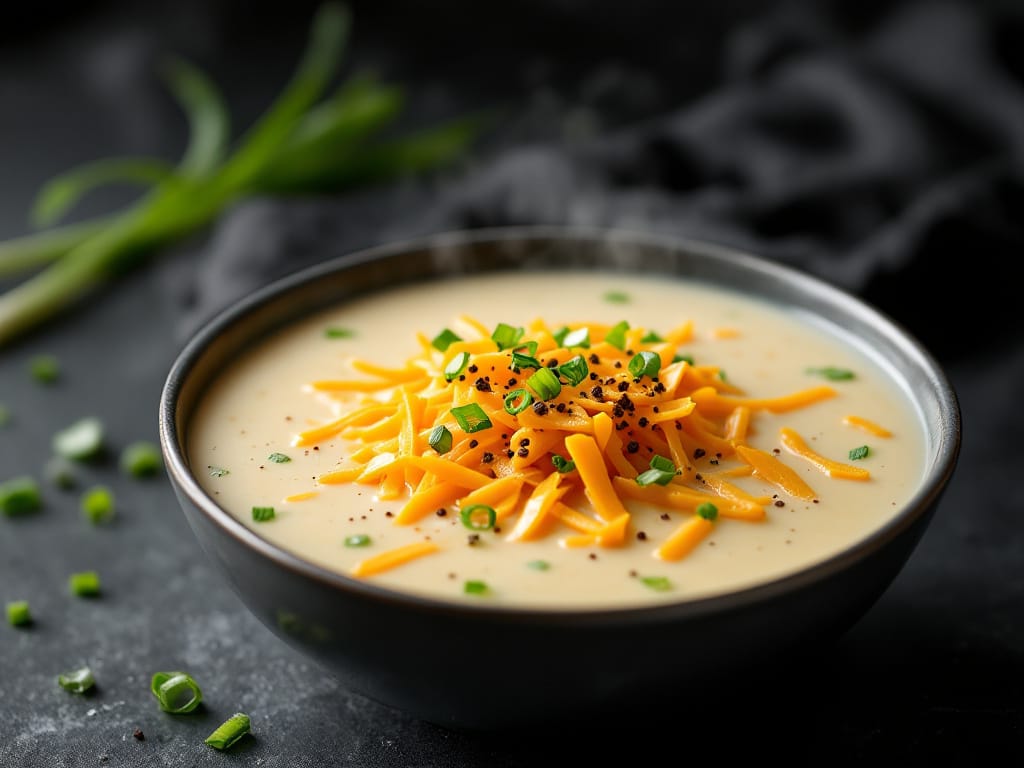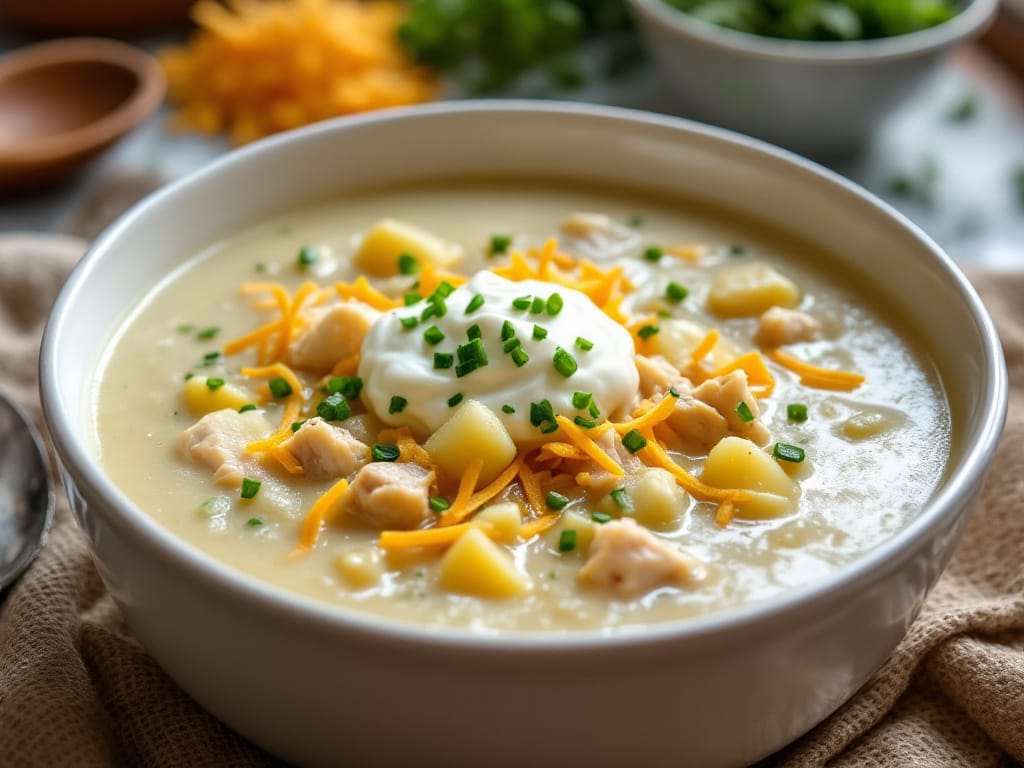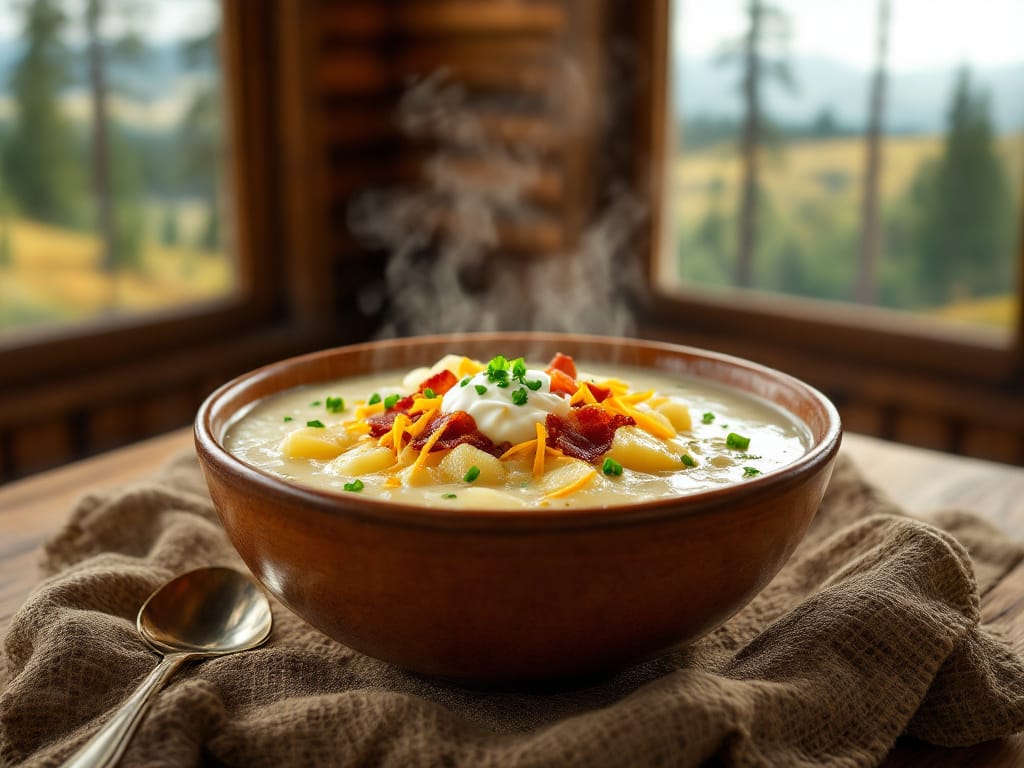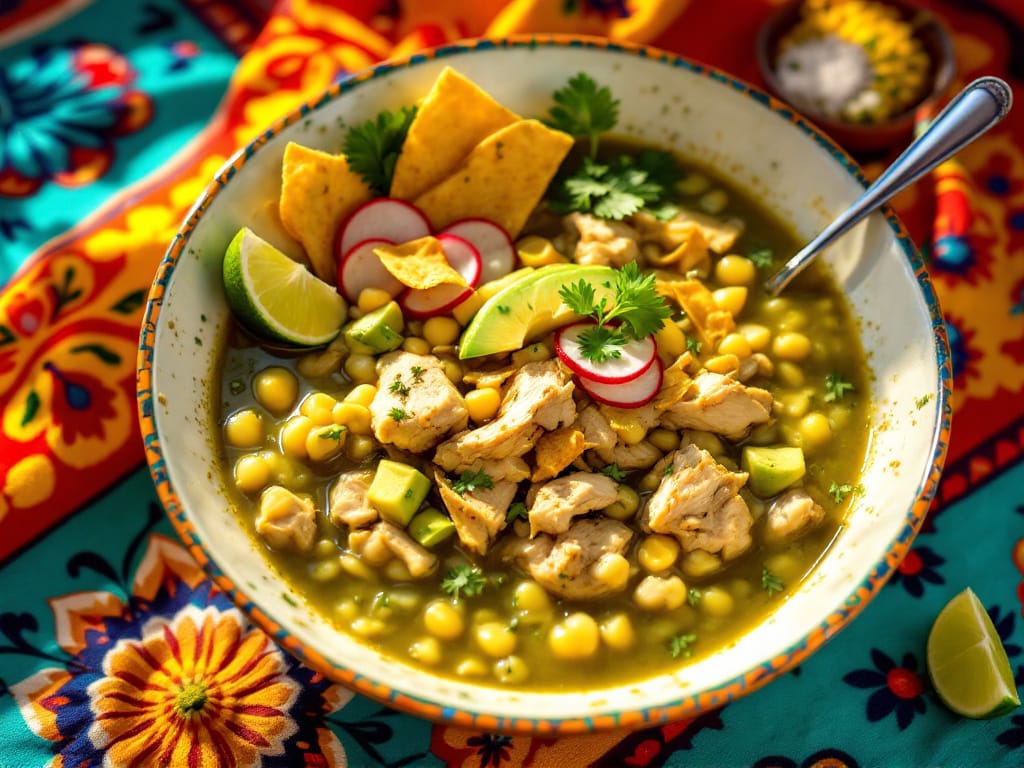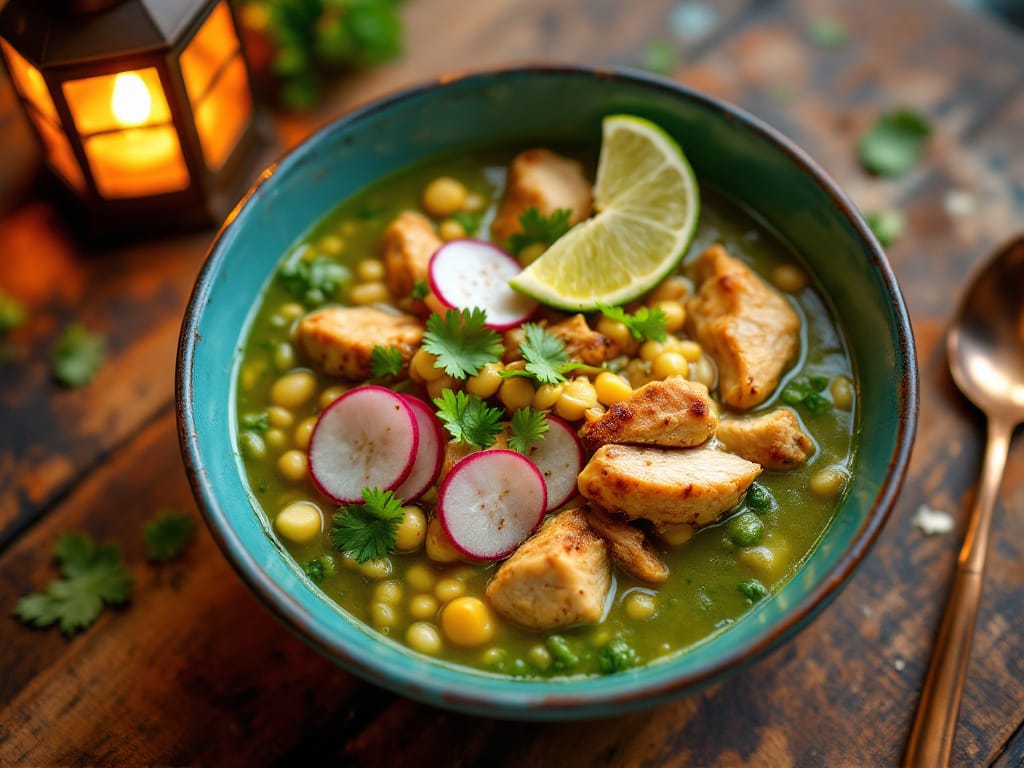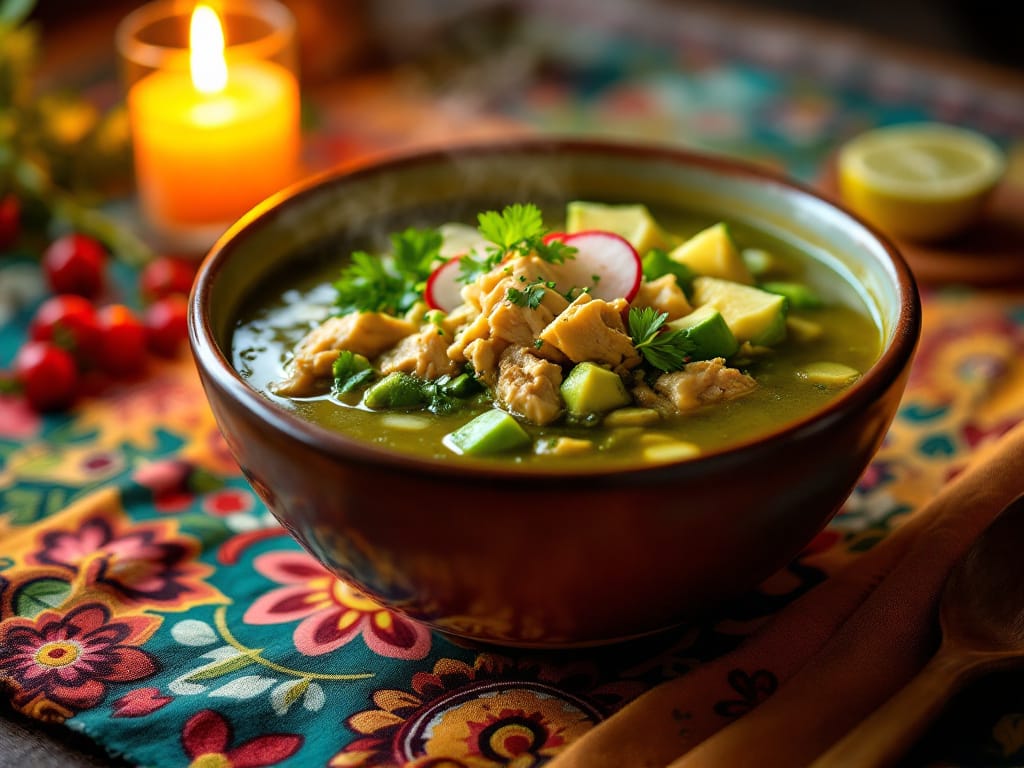Fish chowder is a beloved dish cherished for its hearty, creamy texture and rich flavor, embodying both comfort and culinary tradition. With origins tracing back to the 18th century, this versatile seafood soup has become a household staple, particularly in regions like New England, where its popularity remains unmatched. Whether you prefer sticking to classic recipes or enjoy experimenting with modern variations, diving into the key components of fish chowder can deepen your cooking expertise and enhance your appreciation for this timeless favorite.
The Origins of Fish Chowder
The history of fish chowder dates back to coastal communities where the catch of the day dictated the recipe. The term “chowder” originates from the Latin word calderia, referring to a pot used for cooking and warming food. Early versions of this dish often featured local seafood, potatoes, and dairy, showcasing the ingredients readily available in those communities.
Moreover, regional variations offer unique interpretations of fish chowder. For instance, New England chowder is characteristically creamy, whereas other regions may favor a tomato-based broth. To explore the fascinating origins of this dish further, consider visiting History.com.
Core Ingredients of Fish Chowder
Fish chowder is a versatile dish that blends simple yet flavorful ingredients to create a hearty and comforting meal. While recipes can vary widely, certain ingredients are essential for achieving its authentic taste.
Seafood
- Types of Fish: Cod, haddock, or other white-fleshed fish are the most common choices due to their mild flavor and tender texture.
- Optional Additions: Shrimp, scallops, or clams can be added to create a rich seafood medley.
- Sustainability: Opting for sustainably sourced seafood helps protect marine ecosystems. For guidance, refer to Seafood Watch.
Vegetables
- Core Ingredients: Onions, celery, and potatoes form the base of traditional chowder, contributing to its hearty texture and savory flavor.
- Variations: Adding fennel introduces a subtle anise-like flavor, while carrots provide a hint of sweetness and vibrant color.
Dairy
- Cream or Milk: These lend chowder its signature creamy texture.
- Alternatives: For a lighter option, use evaporated milk. Coconut milk can also serve as a dairy-free substitute.
Additional Components
To enhance flavor and achieve the perfect consistency, these elements play a crucial role:
- Stock: Fish stock delivers robust seafood flavor, although chicken stock works as a versatile substitute.
- Thickening Agents: All-purpose flour or potato starch provides the soup with satisfying thickness.
- Seasonings: Salt, pepper, Old Bay seasoning, dried dill, thyme, and bay leaves infuse aromatic depth.
- Enhancements: Butter adds richness, while lemon juice brightens the dish and balances the creamy flavors.
How to Make Fish Chowder
Creating a delicious fish chowder is straightforward and rewarding. Follow these steps for a hearty, flavorful soup that’s perfect for any occasion.
- Prep Ingredients
- Dice vegetables: Chop onions, celery, and potatoes into bite-sized pieces to ensure even cooking.
- Cut fish: Slice fish into chunks (about 1–2 inches) so they retain their shape during cooking.
- Create the Base
- Sauté vegetables: Heat butter in a large pot over medium heat. Add onions and celery, cooking until fragrant and softened.
- Thicken the base: Sprinkle flour over the vegetables, stirring to coat. Gradually whisk in fish stock to form a smooth, thick base.
- Build the Flavor
- Simmer the potatoes: Add diced potatoes and let them cook until tender, usually 10–15 minutes.
- Cook the seafood: Gently stir in fish chunks and optional seafood like shrimp or scallops. Simmer lightly to avoid overcooking.
- Finish with Dairy
- Add cream or milk: Stir in your chosen dairy, incorporating it fully for a creamy texture.
- Season to taste: Adjust the flavor with salt, pepper, and preferred herbs.
To explore another way of Fish Chowder, try this Ultimate Fish Chowder Recipe for a diner.
Customizing Fish Chowder
Fish chowder is incredibly adaptable:
- Seafood Choices: Swap cod for salmon or add shellfish.
- Vegetable Mix: Experiment with corn, peas, or leeks.
- Dietary Needs: Use almond milk for a dairy-free version, or thicken with cornstarch for a gluten-free alternative.
Serving Suggestions
Fish chowder pairs beautifully with crusty bread, oyster crackers, or a light salad. Additionally, beverages like crisp white wine or iced tea complement the dish wonderfully.
Nutritional Benefits
Beyond its comforting flavors, fish chowder is also nutritious:
- It’s high in protein, which supports muscle growth.
- Omega-3 fatty acids promote heart health.
- The vegetables provide essential vitamins and minerals.
FAQs About Fish Chowder
- What’s the difference between fish soup and fish chowder? Fish soup is thinner, while chowder is thick and creamy.
- What goes well with fish chowder? Pair it with fresh bread, crackers, or roasted vegetables.
- How to thicken fish chowder? Use flour, cornstarch, or mash some of the potatoes for a natural thickener.
- Can fish chowder be frozen? Yes, but avoid adding dairy before freezing. Stir in cream when reheating for the best texture.
Conclusion
Fish chowder’s simplicity and versatility make it a dish worth mastering. With quality ingredients and a bit of care, you can create a hearty meal perfect for any occasion. Why not start experimenting with your own variations today?

